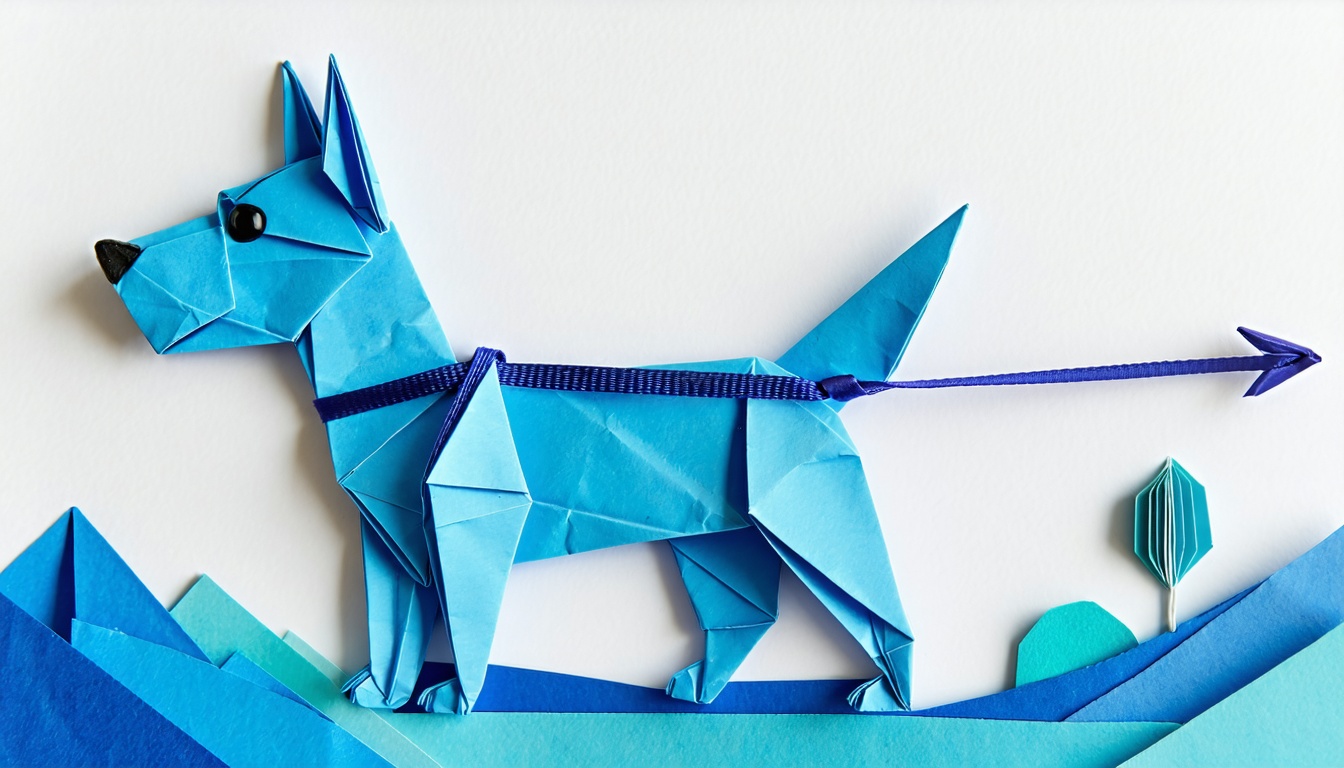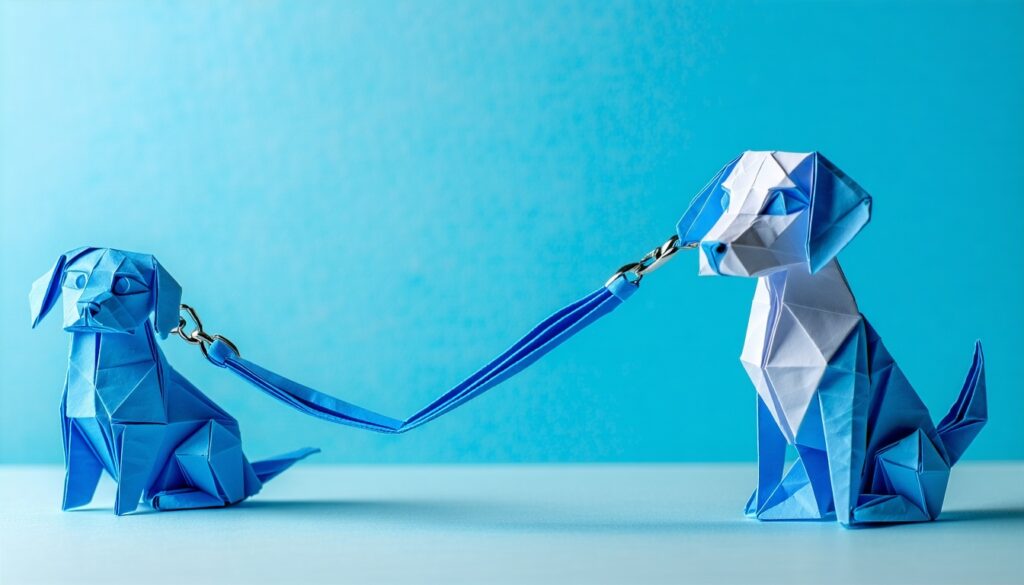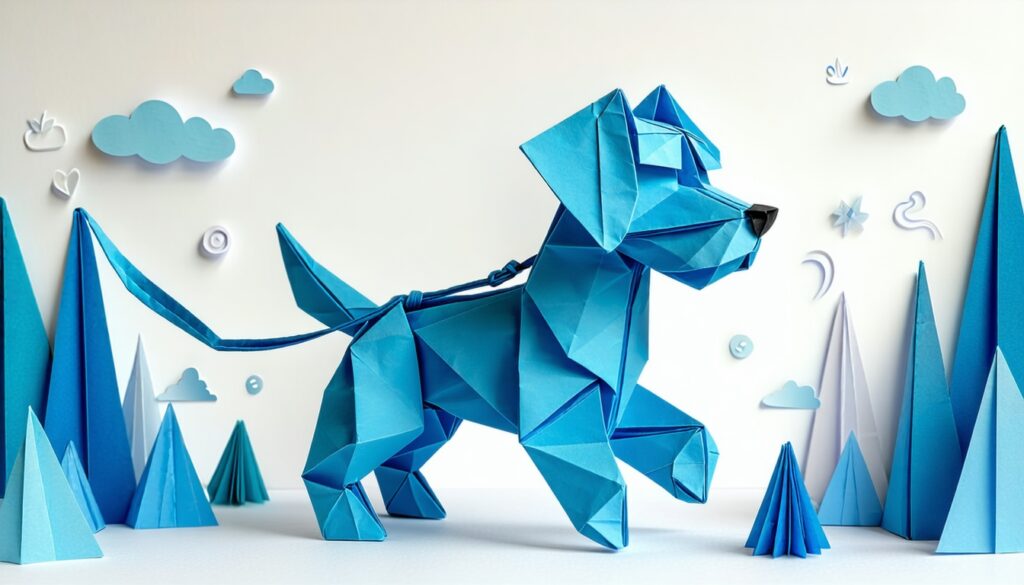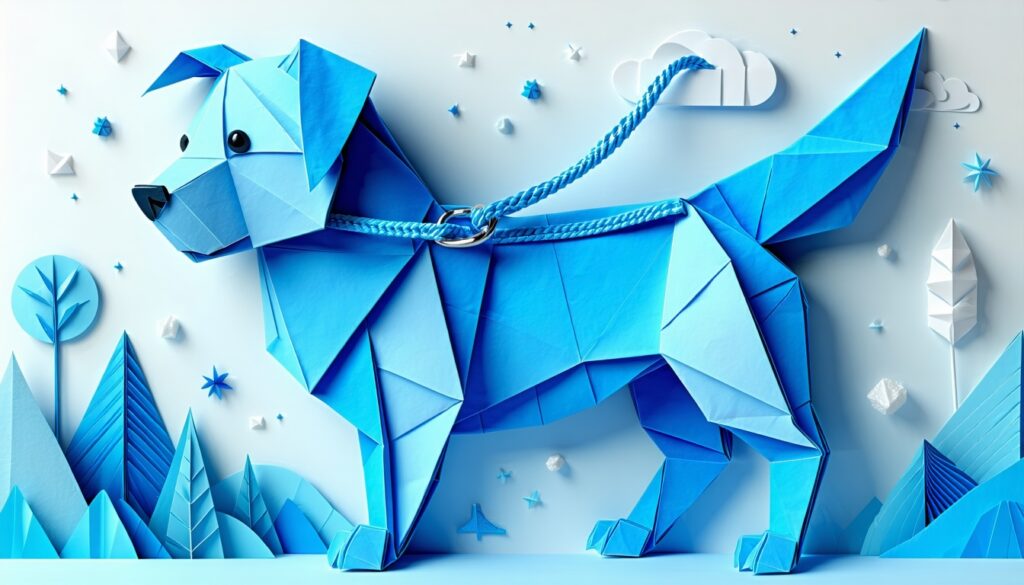If you’ve recently brought home a curious new puppy, you’re probably eager to explore the outdoors together. But here’s the thing: getting from point A to point B without tug-of-war can be tricky. With the right leash training progressions for puppies, you’ll create a calmer, happier strolling routine, even if you’ve never tried your hand at puppy training before.
Recognize leash training challenges
It’s common for puppies to pull, chew, or freeze when they first experience a leash. They may be overwhelmed, unsure of what’s expected, or simply too excited to focus.
- Pulling: Often happens when your puppy spots something they want to investigate.
- Chewing: New textures prompt curiosity, and chewing may be your puppy’s way of experimenting.
- Freezing: Feeling restricted can make puppies worry, so they stay in place.
Identifying where your puppy struggles is a key first step. If they tend to pull, you’ll need to emphasize boundary cues. If they freeze, it’s all about building confidence. Understanding these challenges helps you know where to start before diving into more specific puppy leash training tips.
Follow simple progression steps
Think of leash training as a series of short, manageable steps. Each step helps your puppy build trust in you and comfort with the leash.
-
Introduce the leash in a safe space
Let your puppy sniff and explore the leash or harness in your living room or yard. Offering treats when they interact calmly helps them form a positive link between the leash and a reward. -
Practice basic commands indoors
Before heading outside, reinforce commands like “sit” and “stay” in an area with fewer distractions. This gives your puppy a sense of routine and will come in handy later. -
Try gentle, short walks in the backyard
Once your puppy is comfortable wearing the leash, take a few laps in your backyard. Praise them when they move alongside you without tugging, and keep this first outing brief. -
Add mild distractions
Gradually introduce small distractions, like a toy. If your puppy pulls toward it, pause, call your puppy back, and reward them when they return. This step refines focus. -
Ease into neighborhood strolls
After indoor practice and backyard sessions, you’re ready for the real world. Start with short walks down the block, praising your puppy for walking calmly at your side, then build on that success.
For more detailed insights on these steps, you can check out our guide on how to leash train a puppy. You’ll find a breakdown of each stage, plus tips to keep your puppy engaged and encouraged.
Troubleshoot common puppy behaviors
Whether your puppy nips at the leash or plants their paws in refusal, here’s a quick troubleshooting table with possible causes and helpful fixes.
| Symptom | Possible Cause | Suggested Fix |
|---|---|---|
| Constant pulling | Overexcitement or curiosity | Stop in place until your puppy relaxes, then restart walking. |
| Chewing on the leash | Boredom or teething | Offer a chew toy before walks and distract with treats mid-walk. |
| Refusing to move | Anxiety or confusion | Use gentle encouragement (treats, a happy voice). Build confidence indoors first. |
| Excessive barking | Discomfort or fear | Check that the harness isn’t too tight, and slowly introduce new sights with comfort cues. |
If these issues persist or seem more serious, consider consulting with a professional trainer. You can also try different approaches, such as leash training games for puppies, to keep sessions fun and engaging.
Celebrate small wins
Every time your puppy successfully walks without pulling or stops chewing the leash for a moment, celebrate it. Even a tiny improvement means your puppy is learning and growing. Regular praise and treats keep them eager to impress you. Over time, you’ll find that these short, consistent lessons add up to major progress.
When you’re ready to expand your training, you might explore leash training small puppies or even how to handle leash training large breed puppies. Regardless of your pup’s size or breed, patience, repetition, and positivity go a long way. Before you know it, your puppy will trot happily by your side, leash in tow, eager for the next adventure.
Have a favorite trick to keep your puppy calm during walks? Share your tip with fellow puppy parents, and let’s keep the journey fun for everyone.



